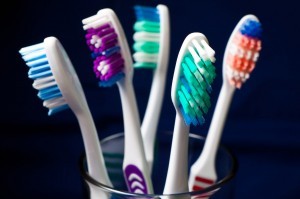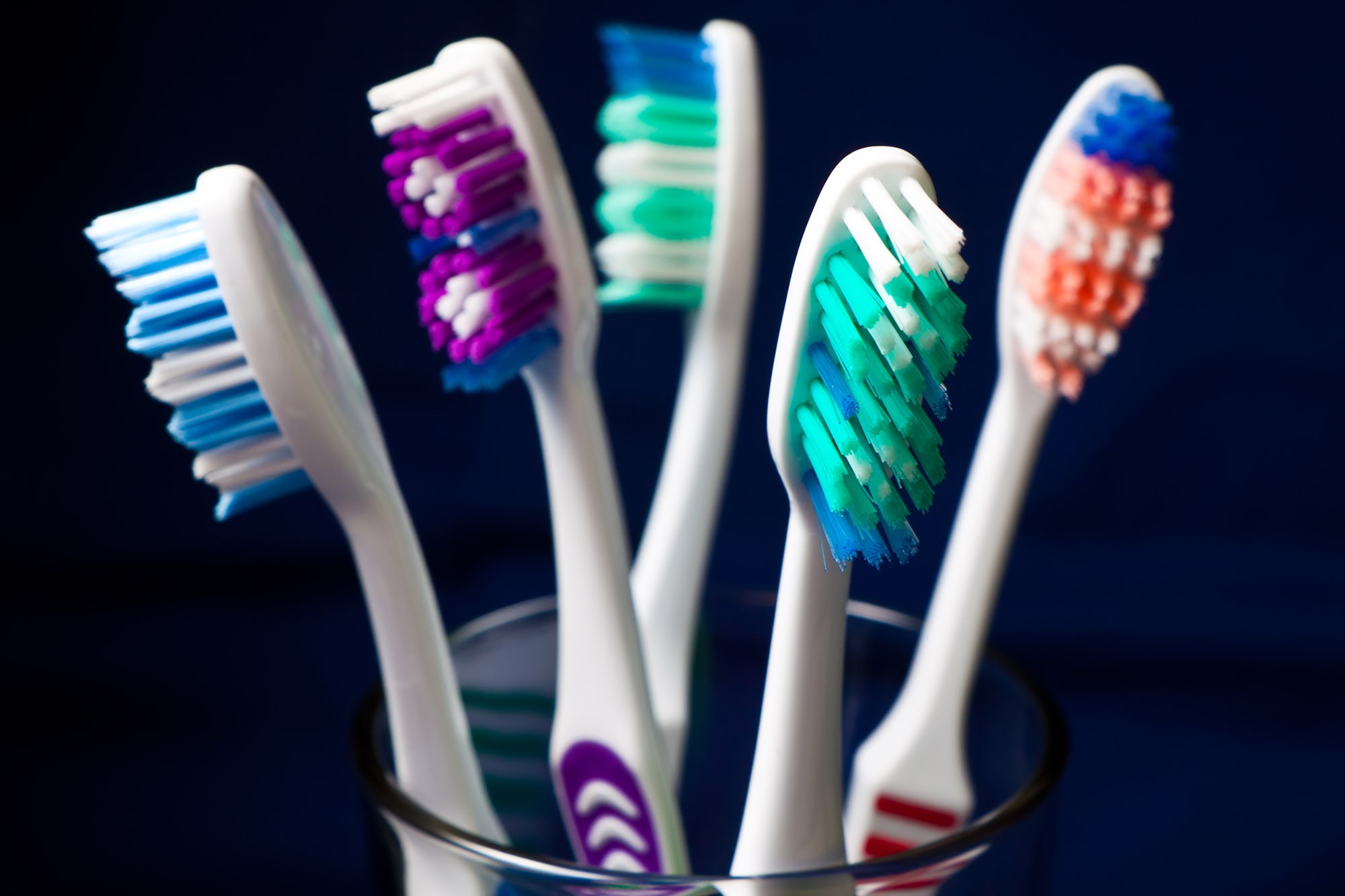
Tooth-brushing plays an important everyday role for personal oral hygiene and effective plaque removal. Appropriate toothbrush care and maintenance are also important considerations for sound oral hygiene. The ADA recommends that consumers replace toothbrushes approximately every 3–4 months or sooner if the bristles become frayed with use.
US researchers have found that if you use a power toothbrush the type of head it has can make the difference between a clean brush and one that harbours potentially risky bacteria
Solid-head power toothbrushes retain fewer bacteria compared to hollow-head toothbrushes
What is more, “Toothbrushes can transmit microorganisms that cause disease and infections” said lead researcher Professor Donna Warren Morris, RDH, MEd, professor at the University of Texas Health School of Dentistry,
Her research, published in the Journal of Dental Hygiene, found that solid-head power toothbrushes retain fewer bacteria than hollow-head in 9 out of 10 comparisons.
The study was conducted over a three-week period where participants brushed twice daily with one out of three randomly assigned power toothbrushes. Participants used non-antimicrobial toothpaste and continued their flossing routine throughout the study, but refrained from using other dental products like mouthwash.
“The packaging on most power toothbrushes won’t distinguish between a hollow-head and …
Although studies have shown that various microorganisms can grow on toothbrushes after use, and other studies have examined various methods to reduce the level of these bacteria, there is insufficient clinical evidence to support that bacterial growth on toothbrushes will lead to specific adverse oral or systemic health effects.
Please Read this Article at NyrNaturalNews.com





Leave a Reply